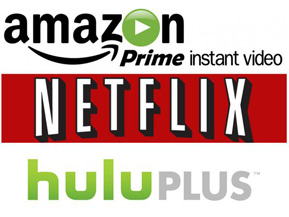|
|
Intermittent Issues: I, For One, Welcome Our New Binary OverlordsBy Ben GruchowNovember 10, 2016
The five content providers outlined above are so included to give us an idea of how to properly assess HD cinema is in a streaming context. That assessment appears to be that streaming is in all likelihood actually the successor to physical media that it’s been marketed as being, particularly when it comes to Ultra HD/4K material. This is not something I would have identified as a conclusion based on Hulu/Netflix/Amazon video quality of five years ago, nor of Vudu’s pre-HDX offerings, and in a way that paints a clearer picture of one way in which the ephemeral nature of digital content provides an immeasurable advantage: the provider has the ability to improve fidelity, color depth, and resolution for a title within the context of that title’s existing presence. Remember the initial Blu-ray release of Luc Besson’s The Fifth Element? The video quality was not only inferior to the HD material released around it, but arguably worse than the Collector’s Edition DVD that had come out a year or two prior. Sony eventually fixed the issue by striking a new Blu-ray from a better master, and for a period of time would-be viewers had to differentiate between the bad copy and the good copy by way of a production number on the back of the exterior case. If we transpose this scenario to Vudu, the route to resolution is invisible: Sony would strike a new HDX encode, and it would simply be linked to the same electronic key as the old encode while the old file is ditched. The user sees a substandard product one day and an improved product the next.
[ View other columns by Ben Gruchow ]
[ View other Intermittent Issues columns ]
[ Email this column ]
|

|
|
|

|
Friday, November 1, 2024
© 2024 Box Office Prophets, a division of One Of Us, Inc.


